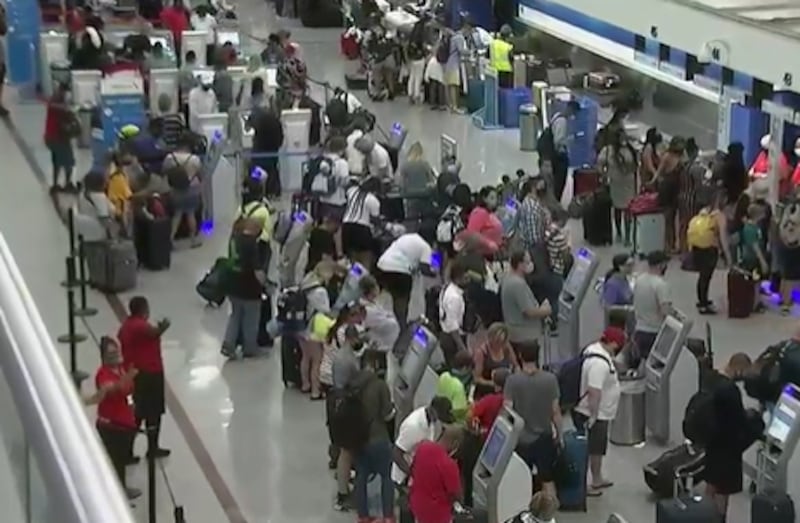ATLANTA — State forestry officials are warning people to be on the lookout for “one of the 10 worst weeds in the world” as spring blooms across Georgia.
The Georgia Forestry Commission says cogongrass is an attractive, wispy grass that’s especially visible in April.
“It’s especially bad because it crowds out native ecosystems of both plants and animals and is threatening endangered species. It’s also very flammable, which is extremely hazardous this year because of the high fire danger we’re experiencing,” Georgia Forestry Commission forest health coordinator Lynne Womack said.
Womack said the invasive weed goes into its flowery state between April and June, producing fluffy, white, plume-like seed heads.
As many as 3,000 seeds can be found on a single head.
TRENDING STORIES:
- Georgia teacher, foster mother arrested on child cruelty charges
- WATCH: Deputies arrest driver after 145 mph chase involving Hellcat on GA 400
- Atlanta rapper ‘Slowkey Fred’ and others indicted on gun trafficking charges in Philadelphia
Cogongrass was accidentally introduced to the U.S. in 1912 via orange crate packing material from Japan. Since then, it has spread and been discovered across 1.25 million acres in the Southeast.
The weed tends to pop up in pine woodlands, vehicle rights-of-way, open pastures, home landscapes, coastal dunes and golf courses.
“We need all outdoor enthusiasts to keep an eye out for cogongrass,” Womack said. “If you see it or think you may have, call your local office of the Georgia Forestry Commission. You’ll be doing your part to keep Georgia’s forestland healthy and supporting our important native ecosystems.”
The GFC investigates reports of cogongrass sightings and treats detections for landowners at no cost. You can submit a report on the GFC website here.
While you wait for an inspection, the GFC says to avoid mowing or disking through or near a known or suspected cogongrass spot since this could move seed or root fragments to other areas.
IN OTHER NEWS:
©2022 Cox Media Group





